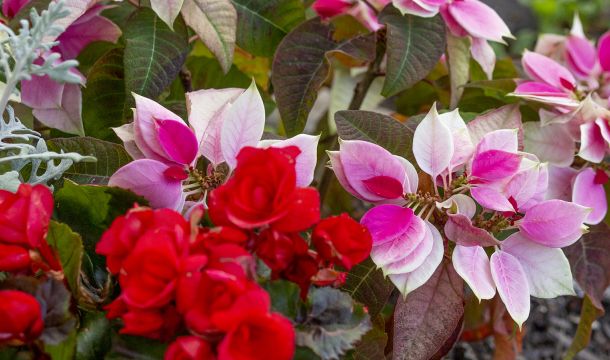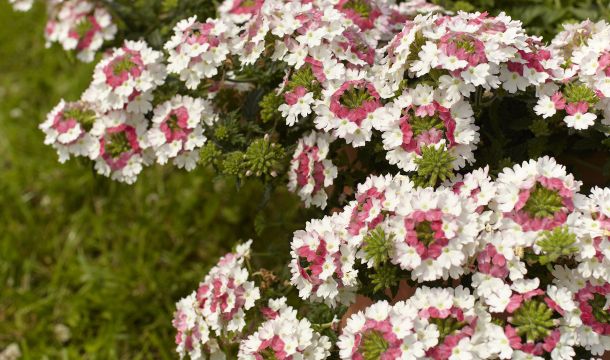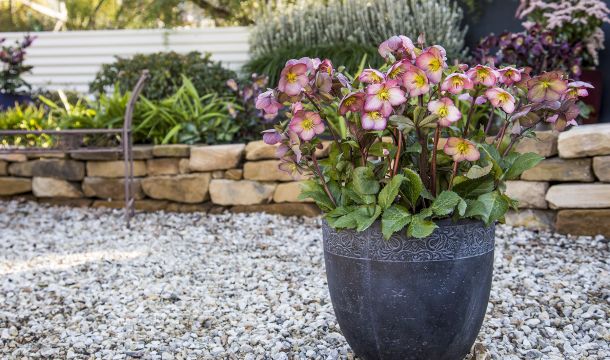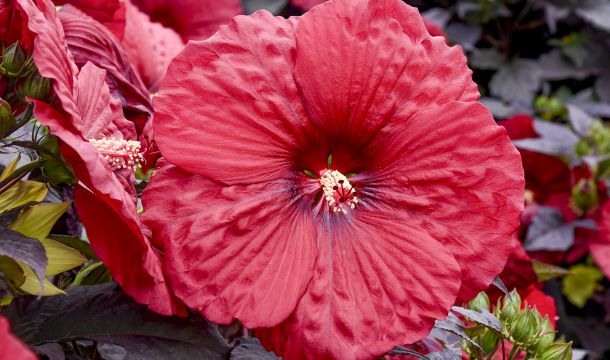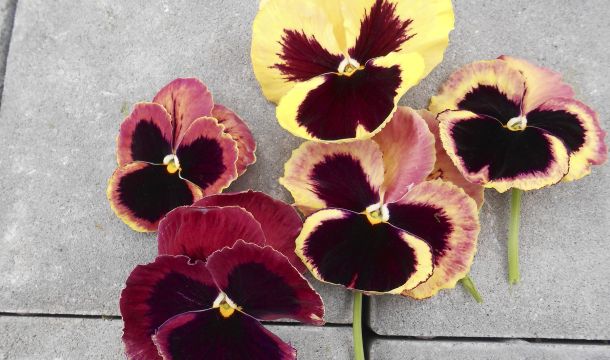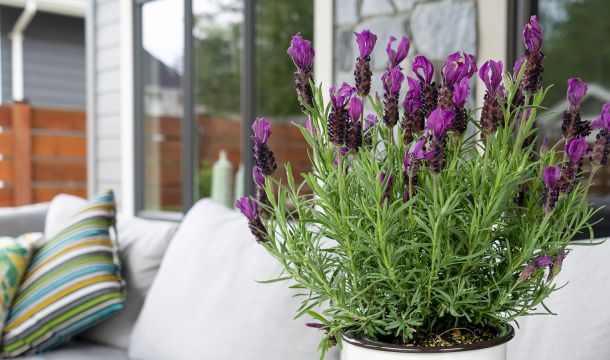Unpacking 'American Gold Rush'
A top-seller for Intrinsic Perennial Gardens in the Chicagoland area was 'Goldsturm' until Septoria troubles spoiled the sales. The black spot fungus drapes it in a ratty, tattered appearance that strips away any market value. Continued production required fungicides, something Brent Horvath, the owner of the finishing nursery and a breeder, was reluctant to use.
Returning fulgidas to their former glory is important because 'Goldsturm' is normally a landscaper’s best friend in August. Rudbeckias bloom generously in high summer heat when other perennials look worn and tired. They require absolutely no maintenance beyond natural rain and mulch. Come back two decades from now and 'Goldsturm' will still be blooming. For landscape perennial plantings, this is sweet: once and done, really. Sales to home gardeners are good, but the commercial market drives the revenues in this category.
Filling the revenue holes dug by Septoria became Brent’s puzzle. In 2011, he planted a field of Rudbeckias with traits he admired and let the bees go to work. The next year, he selected the most promising seedlings from the seeds he had saved previously. Again, he collected seed and grew the plants out the following year. Reselecting a new batch of 10 to 20, he began propagation testing over the next two years, selecting a few winners that he would then propagate into the thousands. By this time it was 2016 and Brent named his winner.
The dense amount of fine hairs on the leaves and stems pushes fungal spores and misty water away from the leaves and stems of the plant. It also gives it a silvery sheen on sunny days.
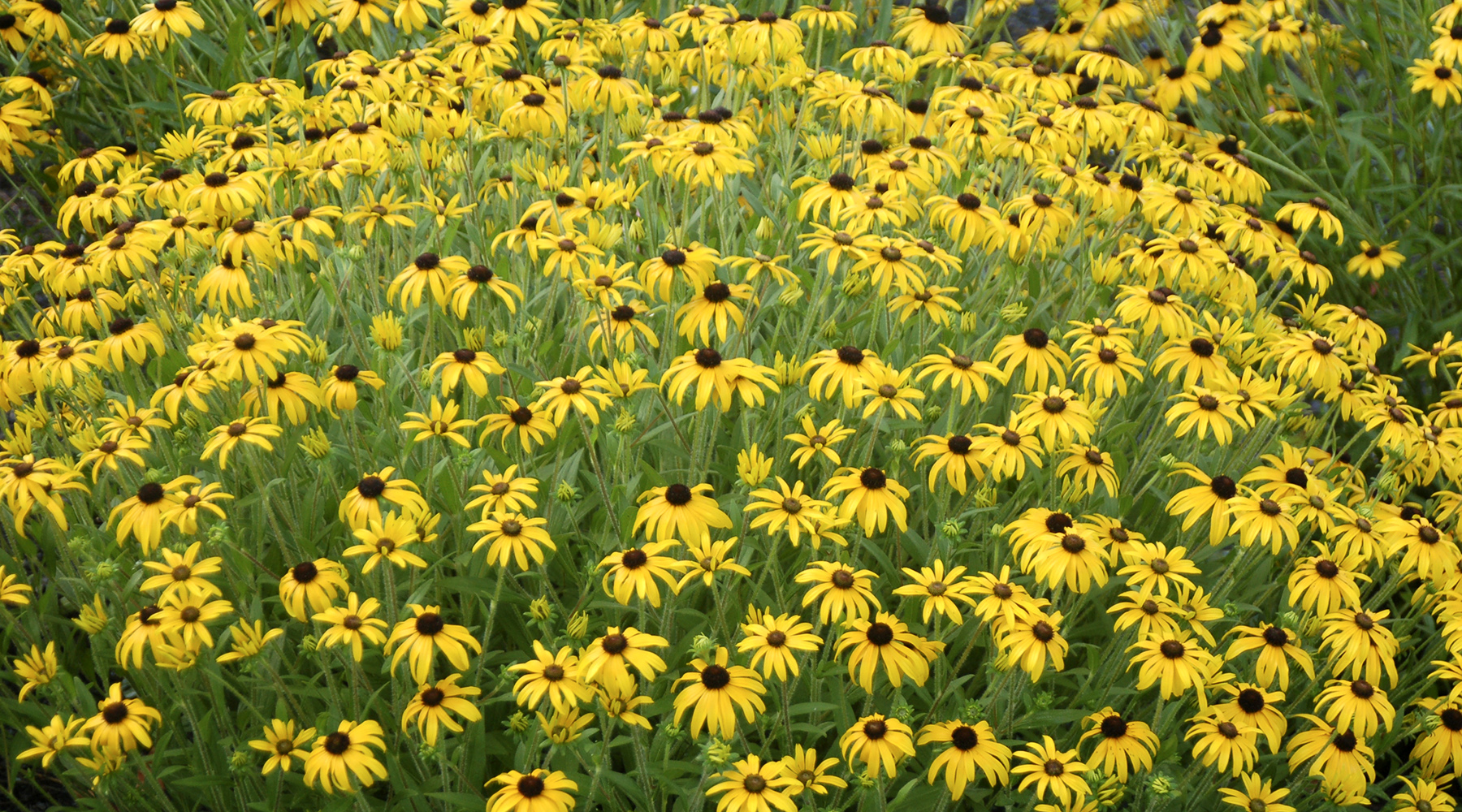
The Silvery Foliage Carries a Secret
'American Gold Rush' has two signature features. First is aggressive disease resistance to Septoria due to a skinny, hairy leaf with a silvery sheen. The fuzz helps limit the number of spores that contact the leaf’s surface. It also keeps the plant less wet by pushing away vapor and helping shed water, maintaining an air cushion under and over the leaf as long as possible.
“That fungus easily survives and thrives on the leaves that don’t have hairs, especially with overhead irrigation, which is a typical nursery practice,” says Brent. However, a local Rudbeckia native to Ohio, fulgida var. deamii, did not have these problems. Instrinsic grew it, they liked it, and it didn’t have the disease pressure. Deamii went into the breeding plot, along with five or six other species, where it’s bloodline became an important influence.
'American Gold Rush' also happens to be a visual break from 'Goldsturm'. On a sunny day, the leaves look decidedly silver. On a cloudy day, they look more gray. The flower petals droop a little, and the color tends to shift slightly to the yellow. 'Goldsturm', by contrast, has a table-top style of flower, flat across the top, with petals a little more golden. Underneath you will find the wide, shiny leaves.
The famous shot with the domes of American Gold Rush at the AAS Trials at Chicago Botanical Garden.
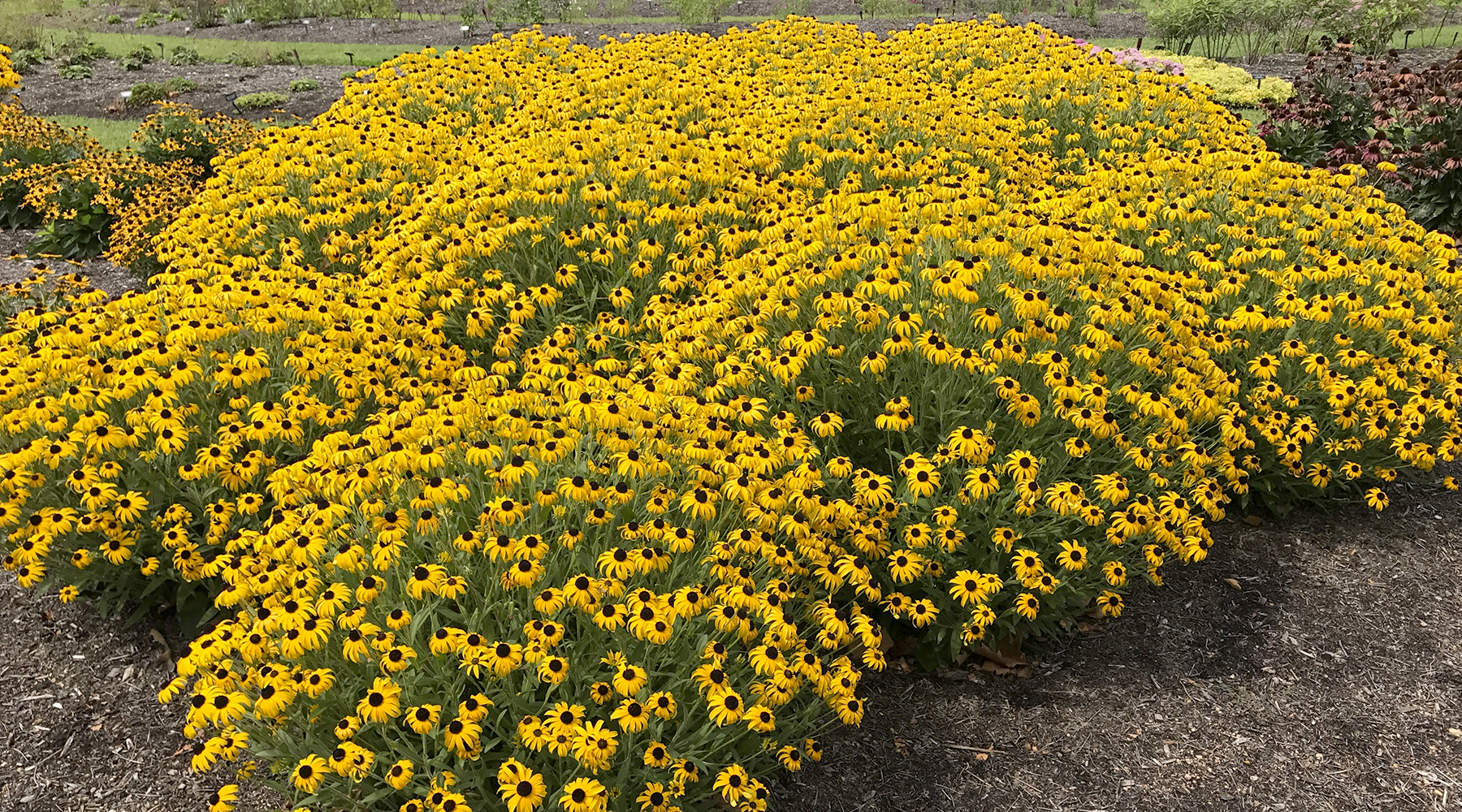
The Golden Domes Come With Space
Another very visual signature feature is obvious in the famous photo with the domes. That garden you see is in the second of a three-year AAS trial held at the Chicago Botanical Garden. Two-inch plugs were supplied by Rakers in 2016, and the staff dropped them on three-foot centers in a diamond pattern. You are looking at a total of 15 plants in the photo.
Richard Hawke, the director of the trial, snapped that picture on August 17, 2017, with his iPhone 6S on a cloudy day. “There’s a gravel path that goes around the main garden in a circle. When you come off the bridge, it comes to the trial gardens and you are dropped at the entrance,” said Richard. “You could see the display from a mile away, and it was a draw.”
To get this look, you need proper spacing. Planted closer, Rudbeckias merge together to form a loose hedge of color. Spaced apart, all Rudbeckias attempt to form a dome of some sort but 'Ameican Gold Rush' makes the best one. The dome appears the first year and comes to full size by the second year, thereafter remaining at the same height. When the trials closed, the specimens measured 28 inches high and 40 inches wide.
If you happen to be in the decor business, that domeness does appear in containers. Mount Cuba did a three-gallon decorative pot last year, and it was 30 inches wide, like a mum almost.
The doming habit also appears in container plantings.
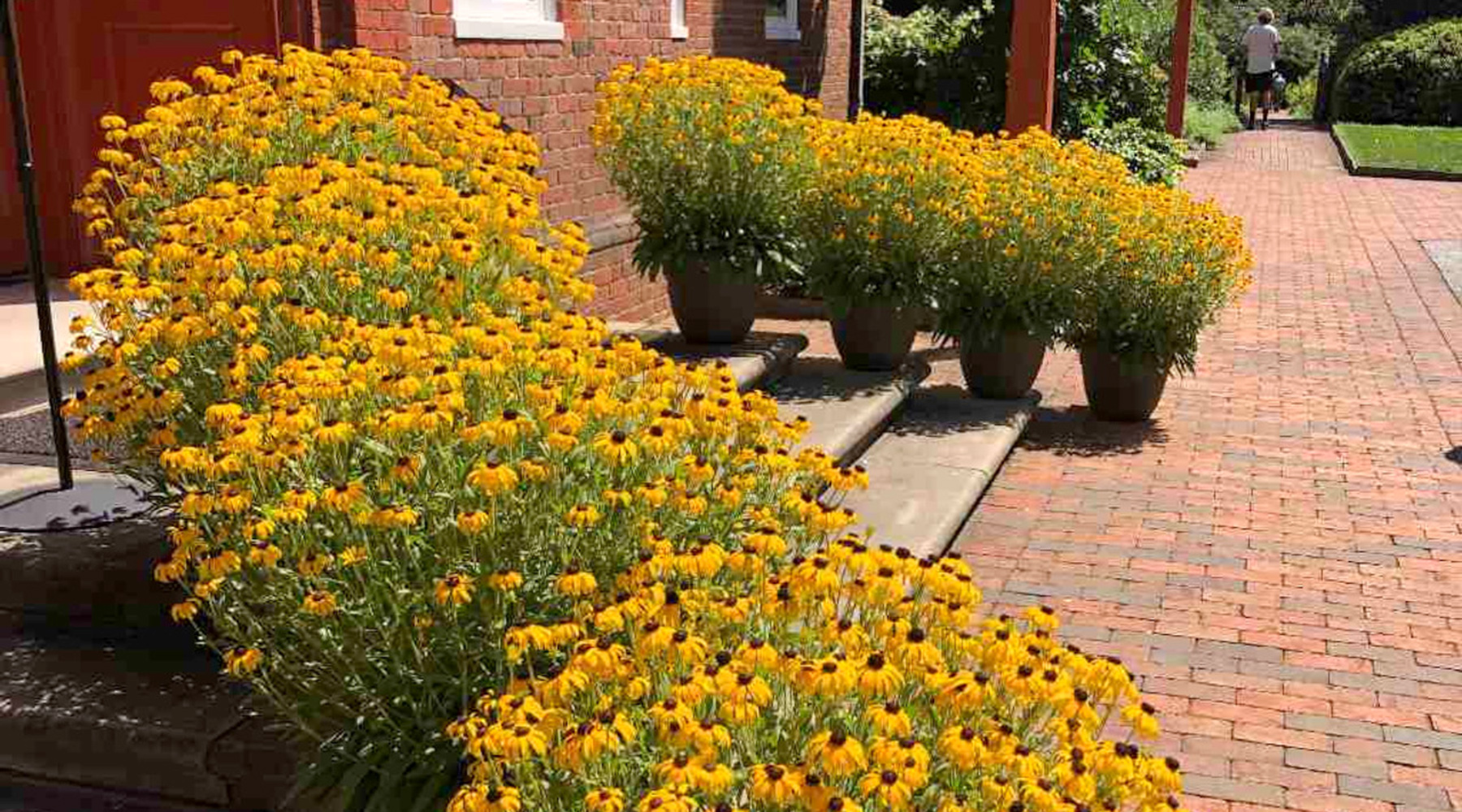
The Bottom Line
An analysis of Rudbeckias would not be complete without discussing vernalization. 'Goldsturm' was famously stubborn on the issue. It did not flower the first year, requiring vernalization in order to show any sort of flower display on the retail bench. For 'American Gold Rush,' vernalization isn’t required, but it really helps. The plant builds up the crown over winter, then focuses on growing out good tops for spring. Without vernalization, it goes straight to the tops without building out a strong crown first.
If you don’t have Septoria in your sales footprint, 'Goldsturm' still works, but if your Rudbeckia sales have tanked, switching to 'American Gold Rush' gives you a working solution with an explanation of why. The cultivar also adds that nifty domed garden look which is easy and affordable for landscapers to reproduce.
-
Introduced in 2016
-
AAS Herbaceous Perennial in 2020
-
PPA Plant of the Year 2023
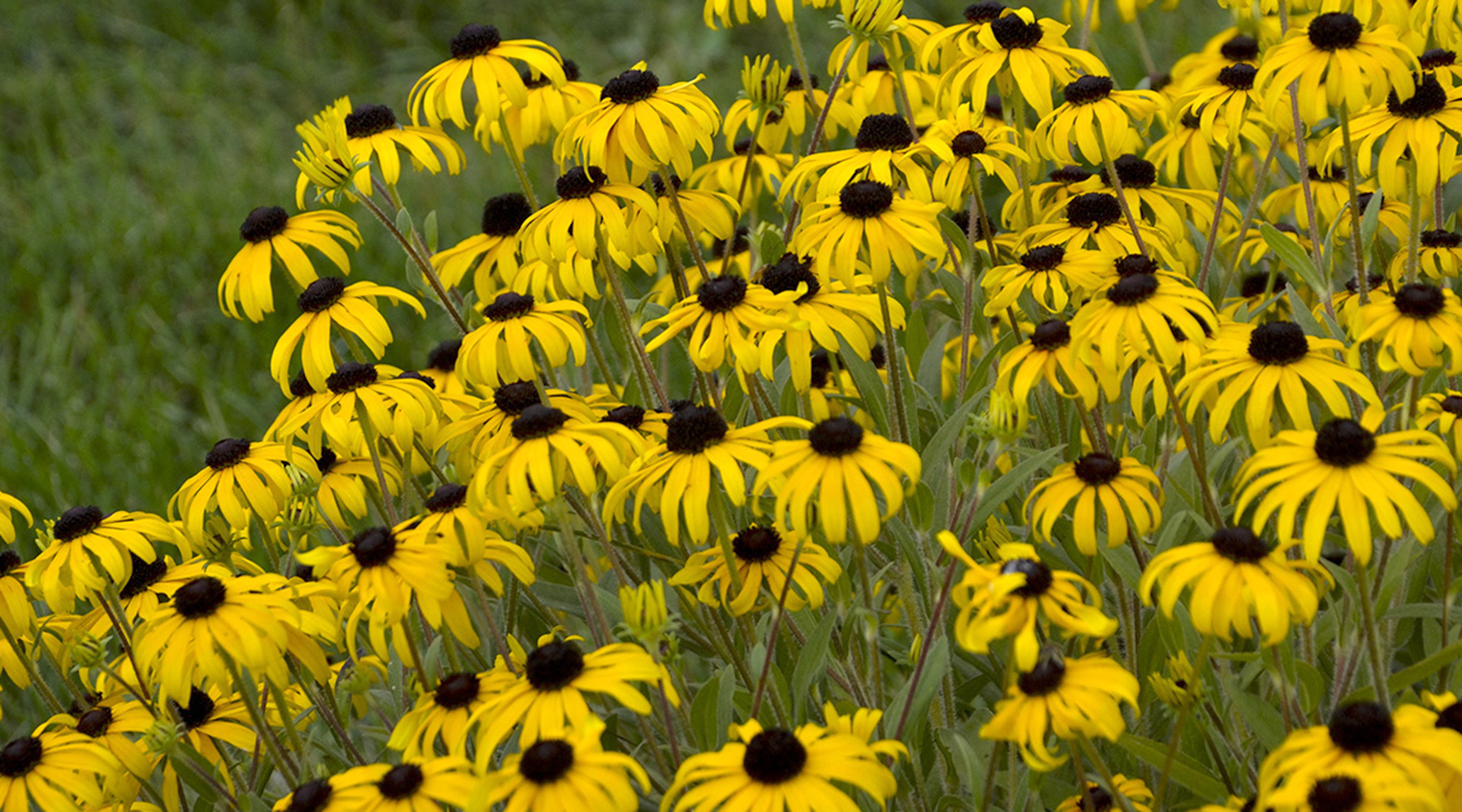
Popular Articles
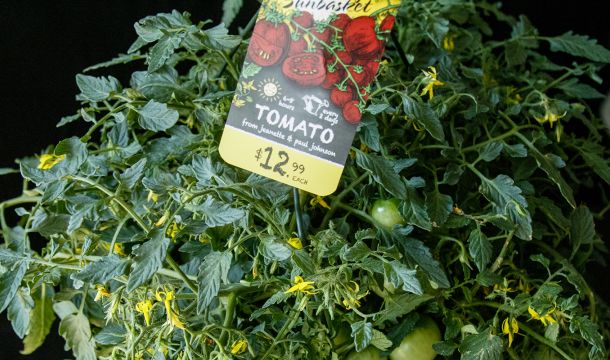
Trialing Edible Baskets
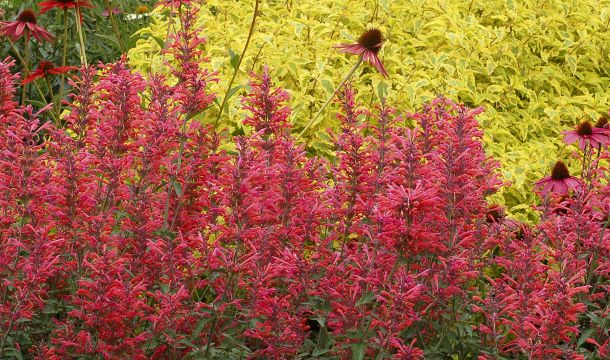
The Arthouse Expansion of Agastaches
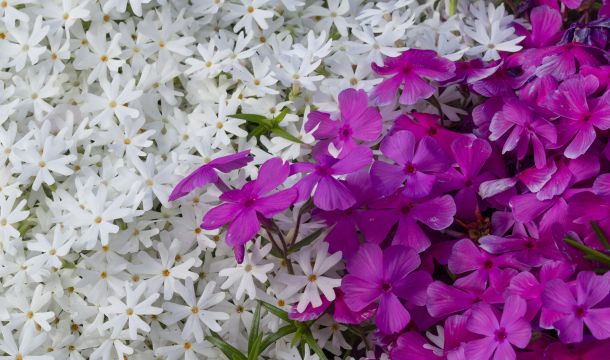
The Strengths Behind Phlox Subulata
